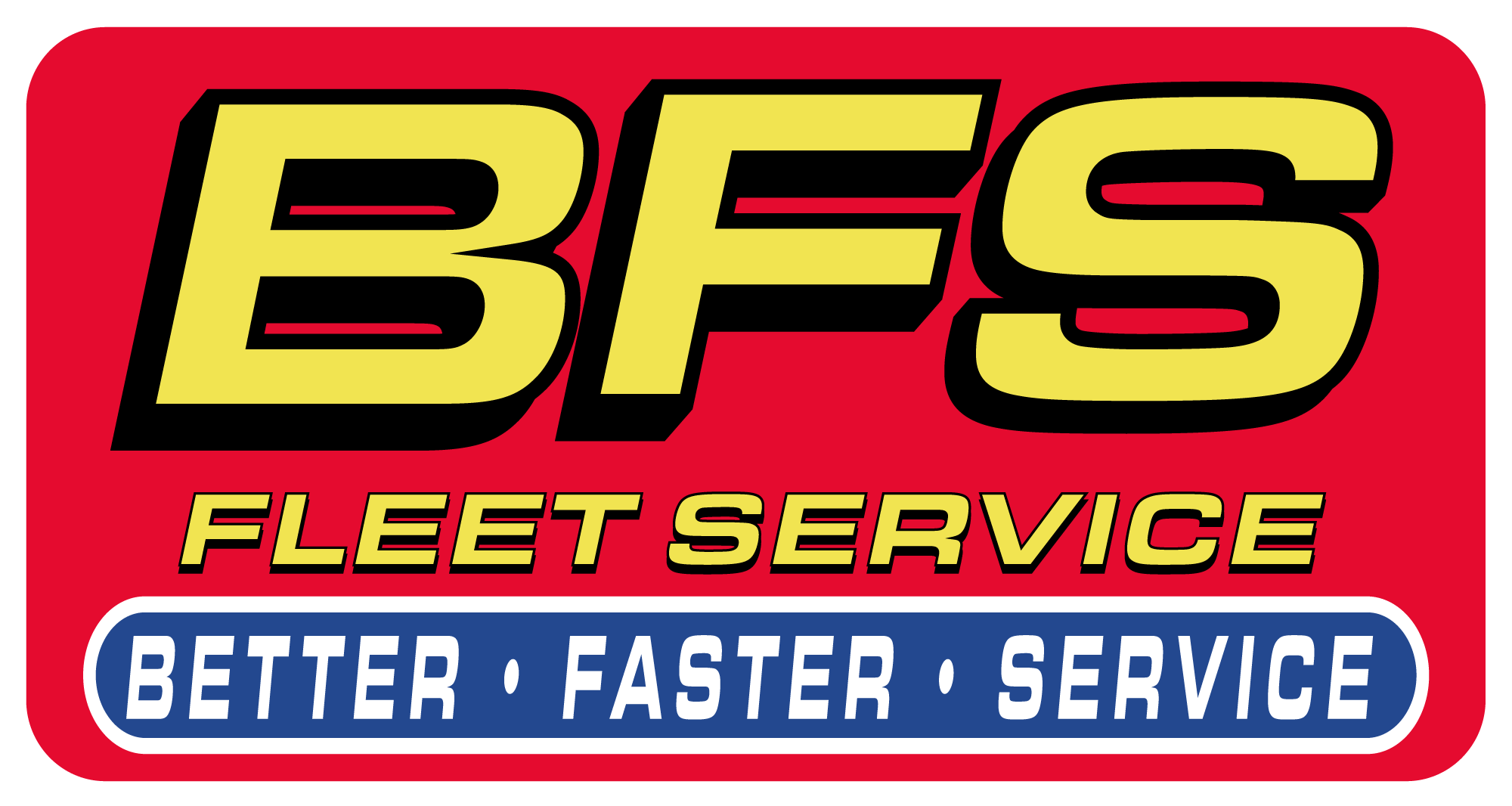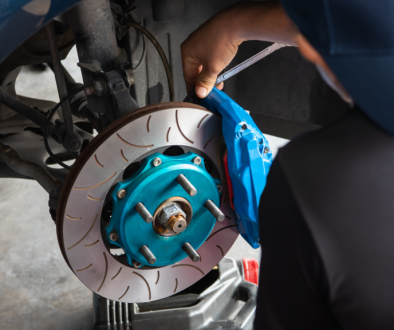Truck repairs are an inevitable part of fleet management. For fleet owners and operators, having the right tools at their disposal is crucial for ensuring their trucks stay in top condition and on the road. From routine maintenance to emergency repairs, the tools you use can significantly impact the efficiency, cost-effectiveness, and speed of repairs. But with so many tools available, which ones are truly essential for truck repairs?
In this guide, we will walk through the essential tools every fleet owner should have in their workshop, from basic hand tools to specialized equipment. We’ll also provide case studies, practical examples, and recommendations to help you make informed decisions on tool selection. This post will ensure that you are equipped to handle most truck repair situations, whether you’re performing a minor repair or dealing with a major breakdown.
Key Tools Every Fleet Owner Needs
1. Wrenches and Socket Sets
Wrenches and socket sets are fundamental to any truck repair job. These tools are used for tightening and loosening nuts and bolts, which are involved in nearly every mechanical repair. A high-quality set of wrenches (both metric and standard) and sockets can save time and effort during repairs.
Key Considerations:
- Torque Wrenches: These are essential for applying a specific torque to bolts, particularly important for engine parts, brake components, and suspension systems.
- Impact Wrenches: An impact wrench is crucial for removing heavy-duty bolts quickly, such as those found in tire and wheel assemblies or suspension systems.
Case Study: Efficient Brake System Repair
In one of our fleet’s brake system overhauls, an impact wrench saved our team several hours by quickly removing the large, tightly secured bolts from the brake components. Using a manual wrench would have added unnecessary time and difficulty to the process.
2. Air Compressors
An air compressor is an essential tool for any truck repair shop. It provides the necessary power for pneumatic tools such as impact wrenches, air ratchets, and air hammers. With an air compressor, you can perform high-torque tasks like tire changes, engine repairs, and suspension work much faster and more efficiently.
Key Considerations:
- Cubic Feet per Minute (CFM): The size of the compressor should match the requirements of the tools you’ll be using. A higher CFM rating is needed for heavy-duty work.
- Portability: For fleet owners who need to handle repairs on-site, a portable air compressor is an ideal solution.
3. Diagnostic Scanners
Modern trucks come equipped with complex electronic systems that need to be regularly monitored for optimal performance. A diagnostic scanner can help you quickly identify issues in the truck’s computer system, including engine, transmission, and exhaust systems.
Key Considerations:
- OBD-II Compatibility: Most trucks made after 1996 are compatible with OBD-II diagnostic tools. Ensure the scanner you invest in can read these codes.
- Specialized Tools: Some trucks require specialized diagnostic tools that are tailored to specific engine types or brands.
Case Study: Identifying Electrical Issues
In one instance, a fleet truck was experiencing intermittent engine performance issues. By using a diagnostic scanner, we identified a malfunctioning sensor that wasn’t visible during a visual inspection. The quick diagnosis allowed us to replace the faulty sensor and avoid a potential breakdown.
4. Jacks and Lifts
Whether it’s for routine tire changes, suspension work, or full engine repairs, a reliable jack or lift is a must-have. A hydraulic jack allows you to lift the truck safely and efficiently for undercarriage work.
Building a Complete Truck Repair Toolbox
By investing in the right tools for truck repairs, fleet owners can save money, reduce downtime, and extend the lifespan of their trucks. While some of these tools may come with a significant upfront cost, the long-term benefits far outweigh the initial investment.
Frequently Asked Questions (FAQs)
1. What tools do I need for basic truck maintenance?
Essential tools for basic maintenance include wrenches, socket sets, diagnostic scanners, hydraulic jacks, and hand tools such as pliers and screwdrivers.
2. How can I diagnose overheating issues in my truck?
Use a diagnostic scanner to check for fault codes related to the cooling system. Inspect the radiator, thermostat, and water pump for any damage or leaks.
3. Are impact wrenches necessary for truck repairs?
Yes, impact wrenches are essential for quickly removing and tightening large bolts, such as those found in tires and suspension components.
4. What is the best tool for tire repair?
A tire repair kit with plugs, patch kits, and a portable air compressor is ideal for roadside tire repairs.
5. How often should I check my truck’s cooling system?
It’s a good idea to inspect the cooling system at least once a year and top up the coolant before long trips to ensure optimal engine temperature control.




